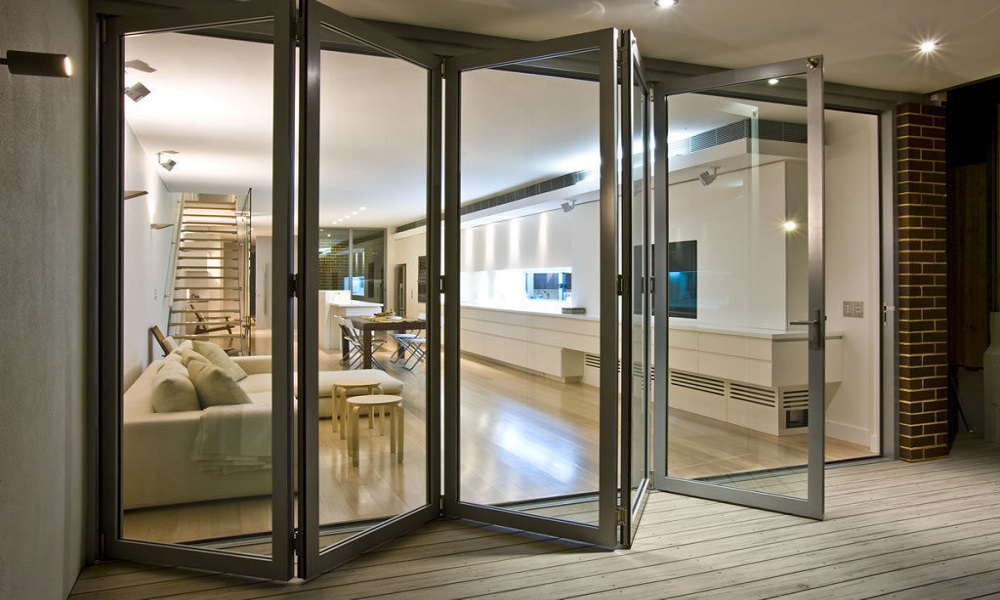All Categories
Featured
Table of Contents
Single, Double Or Secondary Glazing, Which Is The Best ... in Byford Western Australia
That window can transfer more solar heat in winter than in summer. A west-facing window on a summertime's afternoon has an angle of occurrence from near 0 approximately 30 with a large efficient location of solar radiation. A north-facing window, in summer season, has a high angle of incidence and a low effective area of solar radiation, so can send less heat than a west-facing one.
![Best Way To Block Sun Heat From Windows [Professionally] in Carramar WA](https://www.bblwindows.co.uk/wp-content/uploads/2019/08/upvc-leaded-windows-1024x683.jpg)
You can quickly and easily improve the thermal performance of your home by changing your windows. There are thousands of types of glass and frames to select from.
Why Does Double Glazing Help To Keep Us Cool In Summer? in Martin Western Australia
There are various types of glass products to choose from. Single glazing uses a single pane of glass. Single glazing with clear glass is not extremely effective when it pertains to heat loss or gain. To enhance performance, you can use single glazing with a more energy-efficient type of glass such as low emissivity (low-e) glass.
Numerous layers can be assembled with sealed cavities between each sheet of glass. IGUs generally use better energy performance than single glazing, since they transfer less energy. However, the energy performance of IGUs likewise depends on: the residential or commercial properties of each layer of glass. Different glass types (for example, clear and low-e glass) can be put together in an IGU.
Double-glazing Versus Low-e Glass in Mahogany Creek Perth

IGU cavities can be filled with air or a more inert, low-conductivity gas such as argon the width of the cavity. Cavity thickness is typically 6 to 18mm. Wider cavities provide lower (much better) U worths, with 12mm normally accepted as the preferred gap how well the cavity is sealed. Cavities need to be dry and well sealed to prevent moisture getting in.
If argon is set up to the cavity in location of air, wetness is reliably excluded the level of desiccant (drying representative). The spacer (metal or polymer strip) that separates the glass layers consists of a desiccant to take in any moisture. Insufficient desiccant may trigger moisture to condense on the glass surface in cold conditions, decreasing thermal efficiency.
Benefits Of Double Glazing Low-e in Victoria Park Perth
IGUs can provide better energy performance for all climates, especially in heated and air-conditioned homes. Cross-section detail of single, double and triple-glazing systems Low emissivity glass (typically called low-e glass) reduces heat transfer. Low-e glass might be either high or low transmission: High transmission low-e glass has a finish that enables daylight from the sun to pass into your home to attain excellent solar heat gain, but reduces the quantity of the long wavelength infrared heat that can escape back through the window.
Low-e glass has either a pyrolytic covering or a vacuum-deposited thin movie metal finishing. Pyrolytic finishes are durable and can be used for any glazing; vacuum-deposited coatings are soft and are only utilized within IGUs. Low-e finishes can substantially improve both U worth and SHGC; however, they need to be used properly or they will either deteriorate or stop working to carry out as required.
Brisbane's Best Double Glazed Windows in Highgate Western Australia
Low-e finishings can be utilized in combination with clear, toned or reflective glass. Low-e finishings on glazing can lower heat transfer where required Picture: Department of Industry, Science, Energy and Resources Toned glass has colouring ingredients included throughout manufacture. It is offered in numerous colours, normally bronze, grey, blue and green.
Table of Contents
Latest Posts
Double Glazed Vs Single Glazed Windows in Wexcombe Perth
Which Is The Best Type Of Double Glazing? - Which? - Which.co.uk in Subiaco Western Australia
4 Benefits Of Double Glazed Windows In The Summer in Champion Perth
More
Latest Posts
Double Glazed Vs Single Glazed Windows in Wexcombe Perth
Which Is The Best Type Of Double Glazing? - Which? - Which.co.uk in Subiaco Western Australia
4 Benefits Of Double Glazed Windows In The Summer in Champion Perth